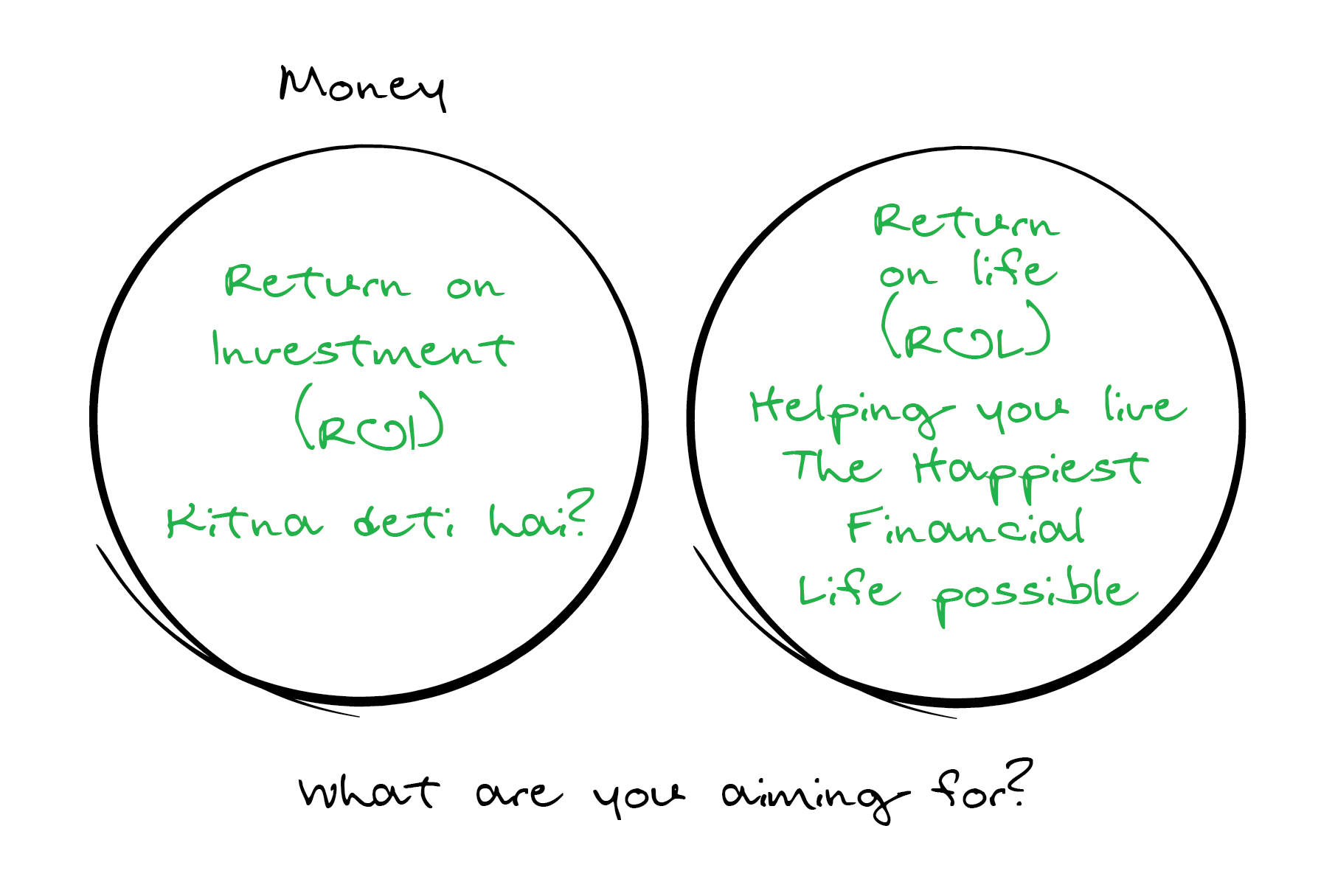The Sensex In 2050?
I asked Rahul, a seasoned entrepreneur, where he thought the Sensex would be in 2050. He paused, thought for a while, and said, “I don’t know… maybe 250,000 or 300,000.”
Then I asked him about 2030. He answered immediately. “150,000 at least. It should double from where it is today.”
I repeated this question to others. Most struggled with the 2050 answer. Even wealth managers. But they gave a similar answer for the next five years.
This says a lot about how people think about the future.
Short-term predictions feel easy. Long-term projections feel impossible.
People have a hard time grasping how compounding really works over long periods. They struggle to imagine what exponential growth does to numbers. But ask them about tomorrow or next month’s Sensex, and you’ll get a quick response.
The second, and more important point, is this.
Why does it even matter where the Sensex is tomorrow? Or even next year?
What matters is where it will be in 2030. What matters even more is where it will be in 2050.
The best part is this. You get to invest at today’s prices.
People often overestimate the short term and underestimate the long term.
They obsess over daily fluctuations. They react to headlines. They try to guess the market’s next move.
But they miss the big picture.
The market moves in cycles. It goes through corrections, bear markets, and periods of uncertainty. But over time, it moves up. Not by chance. Not by luck. But because businesses grow, profits rise, and the economy expands.
Look at history.
The Sensex crossed 1,000 in 1990. It took 30 years to hit 50,000. Now it’s well past that. In another 25 years, where do you think it will be?
At 12% p.a. from the current levels, the Sensex is likely to be between 1,200,000 to 1,400,000.
The numbers may seem extreme. But that’s compounding at work.
The biggest fortunes have been made by those who stayed the course. Who ignored short-term noise. Who understood that investing is not about what happens today, but about where things will be decades from now.
Yet, most investors behave differently.
They try to time the market. They react to news cycles. They let fear and greed dictate their decisions.
The irony is this. If you believe the Sensex will be at 100,000 or 200,000 in the future, then why worry about the next 10% drop?
Would you rather buy at a higher level or invest at today’s prices?
The biggest mistake investors make is not staying invested.
They let market corrections scare them. They book profits too early. They miss the biggest gains because they focus on avoiding short-term pain.
Long-term investing is simple but not easy.
Simple, because all you have to do is keep building your portfolio and let compounding do its job. Invest when the markets are up. Invest even more when the markets correct or crash.
Not easy, because many around you tell you to do the opposite.
The financial media screams crisis. Friends tell you about the latest market crash. Analysts give predictions with false certainty.
But step back and think.
If you truly believe in India’s future, then you have only one job as an investor.
Buy and Build.
Ignore the noise.
Understand that wealth is built in decades, not days.
The markets will continue to rise, fall, and recover. They always have.
In 2050, the Sensex may well be at 1,000,000 or 1,500,000. It sounds unrealistic today but so did 75,000 a few decades ago.
The biggest mistake is thinking too small. Thinking too short-term.
The real opportunity is in seeing the big picture.
And in taking action today.





 and then tap on
and then tap on 

0 Comments